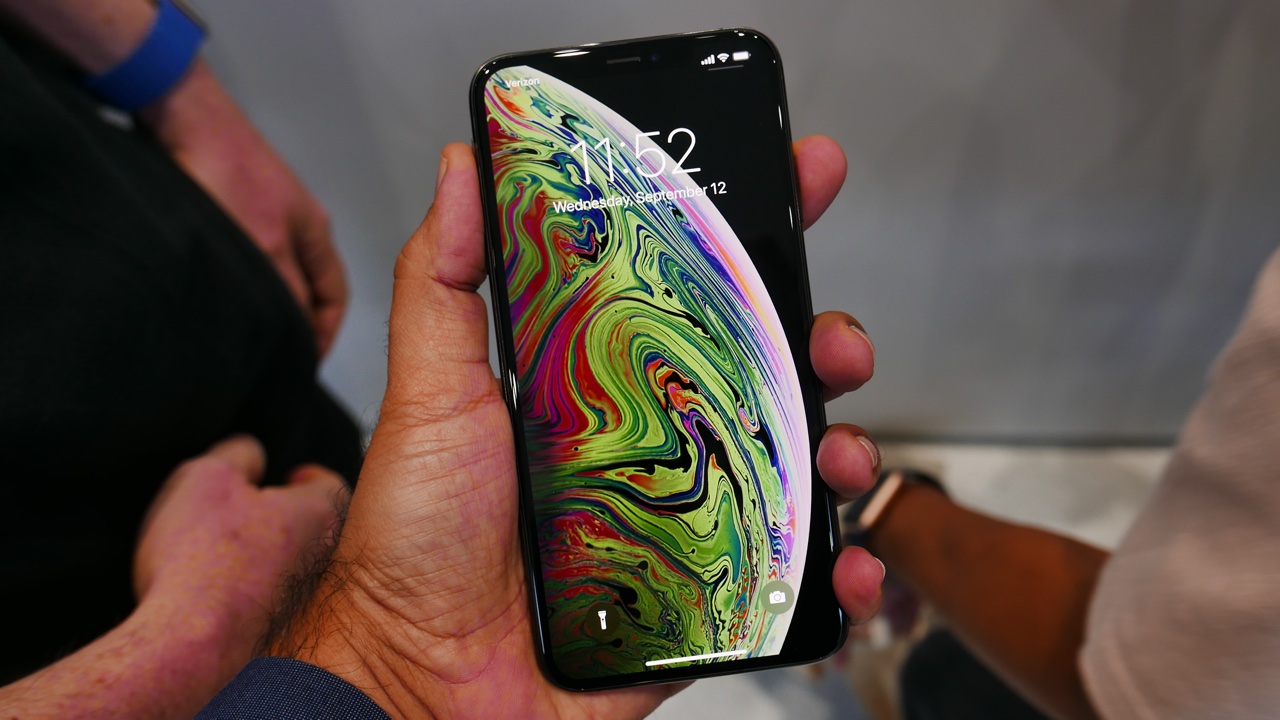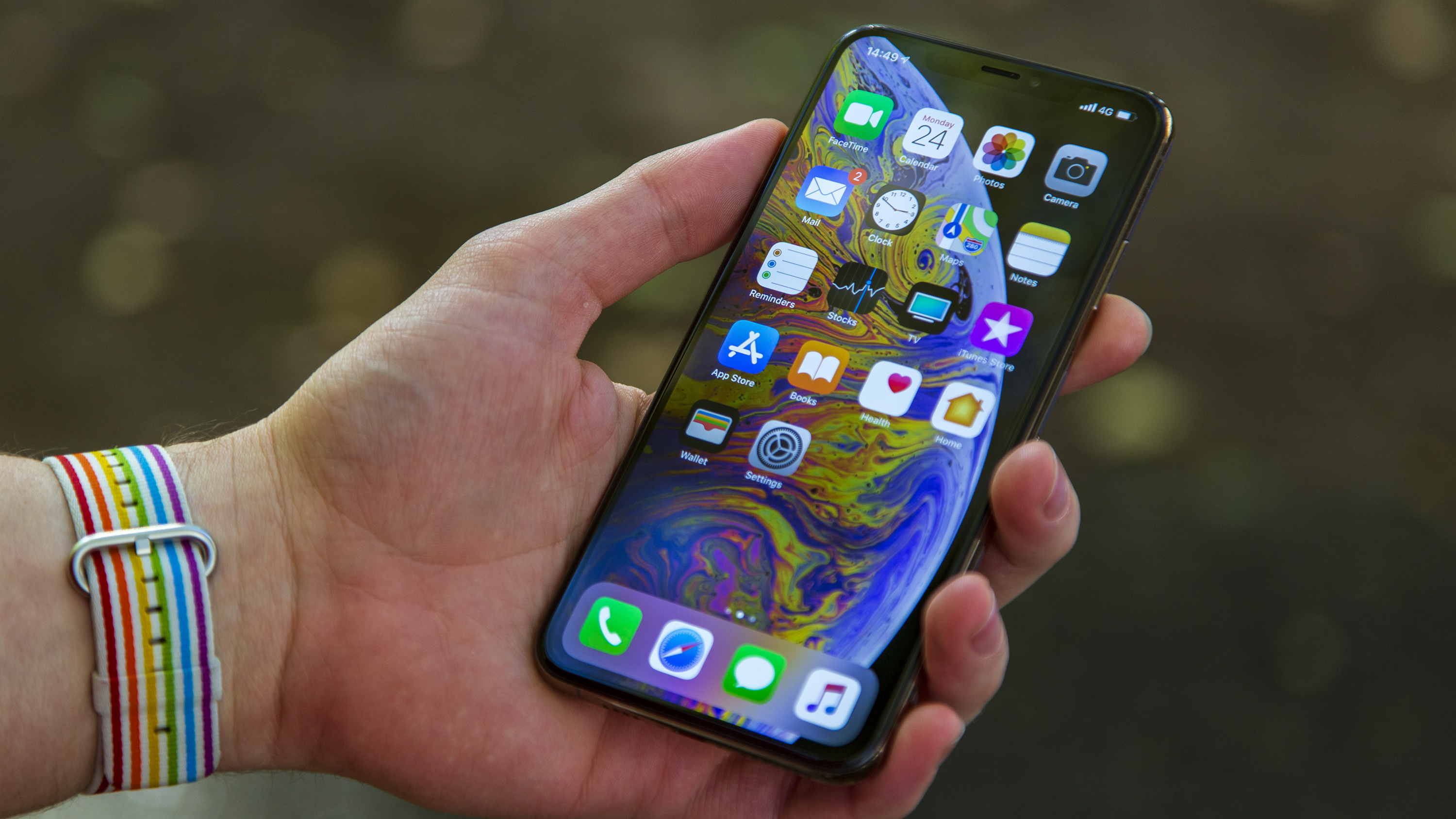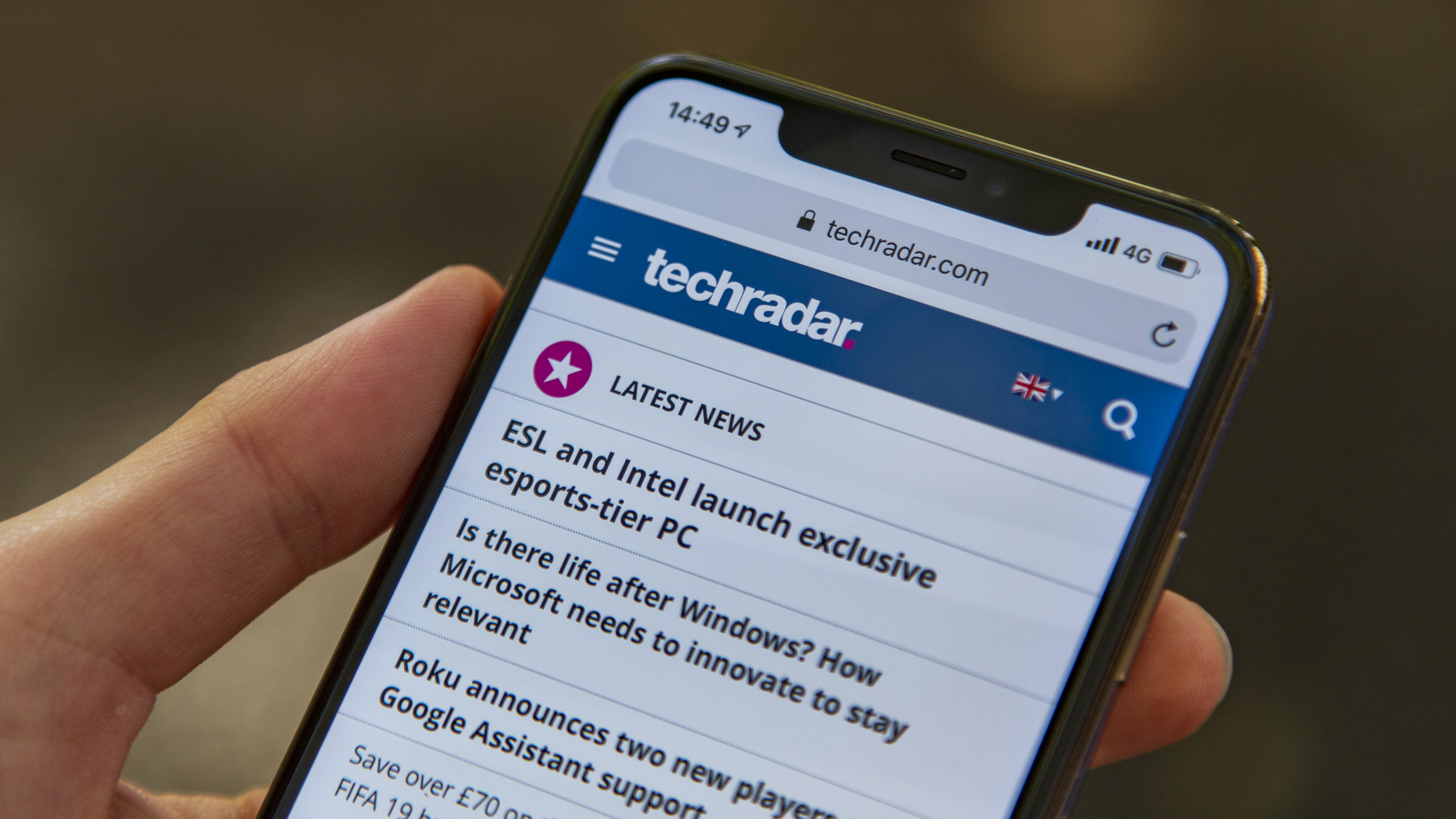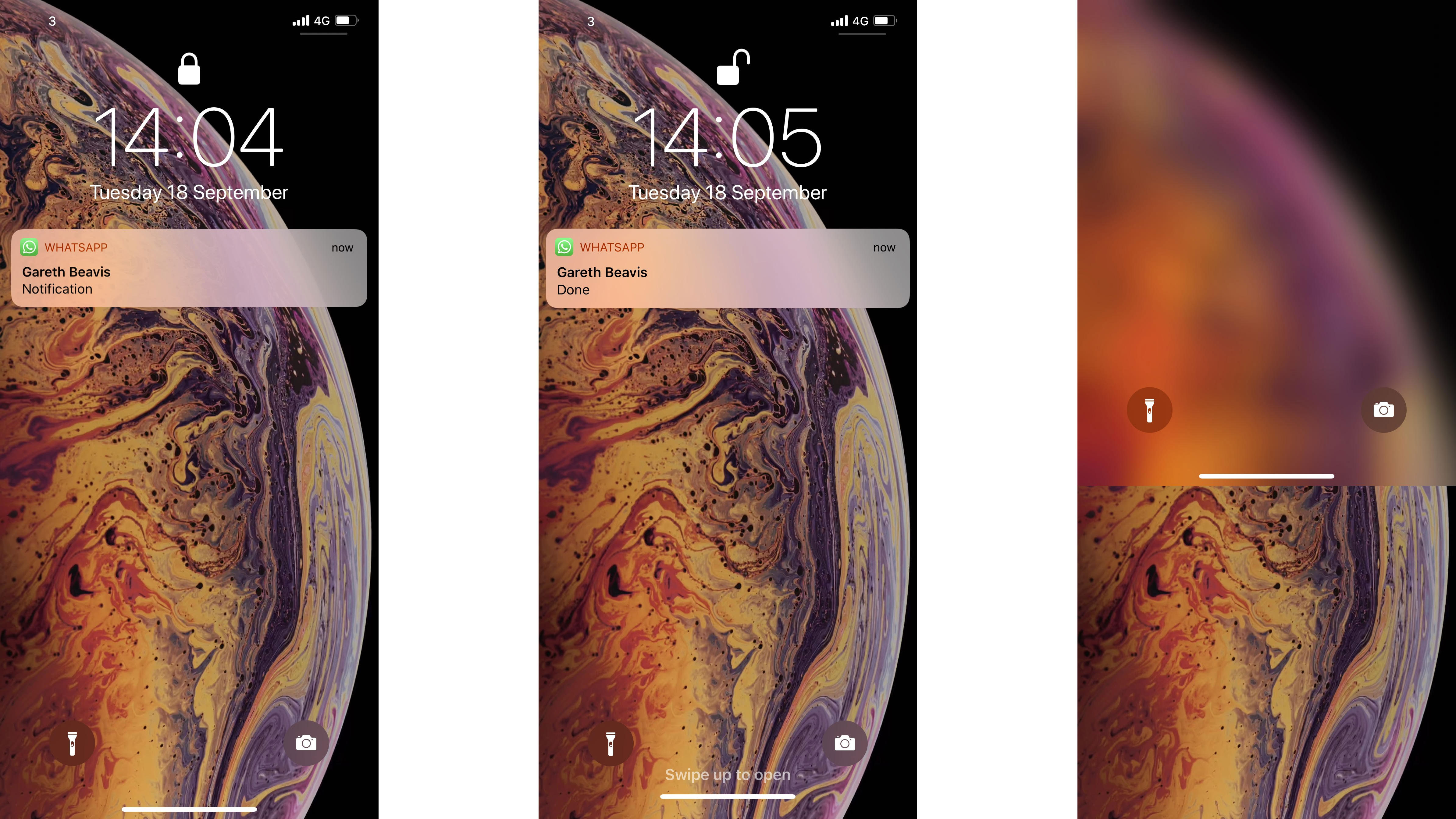How To Use Fingerprint On Iphone Xs
Display
- Huge 6.5-inch OLED display is the biggest ever on an iPhone
- HDR support for an enhanced viewing experience
One of the main things – well, really the only main thing – that's different about the iPhone XS Max over the the smaller iPhone XS is the screen, extended as it is to 6.5 inches compared to the 5.8 inches of the 'normal' XS.
That screen size makes all the difference though – holding the two iPhones side by side you feel like the larger model just offers so, so much more space to play with.
It's not even that large, as we've mentioned in the design section, given that it fits into roughly the same footprint as the iPhone Plus models of the last four years, so while you are getting loads of screen, this isn't a massive iPhone in comparison. It's also no longer the largest iPhone, with the 6.7-inch iPhone 12 Pro Max having it beat.
We're still not sold on the need for HDR as a 'must' in a smartphone though – watching Avengers: Infinity War on the iPhone XS Max was a pleasing experience thanks to the larger display, but there wasn't a moment where we were wowed by the color reproduction, or the contrast between light and dark scenes.
That's not to say it wasn't good, but it's not jaw-dropping enough to warrant buying this phone for that feature alone – although that said, Apple isn't charging a premium to own its content in HDR from the iTunes Store, so really it's a 'nice-to-have' feature.

However, we did notice that the action in the film juddered a fair bit, which was quite jarring. We initially thought this was due to low battery, but even when the phone was charged up the same effect was present.
The OLED panel that makes up the Super Retina HD display in the iPhone XS Max is bright and colorful though, and has a 2688 x 1242 resolution, which equates to a 458ppi pixel density. Gone are the days where we bemoaned Apple's handsets for being behind the times in terms of resolution.
All those pixels mean a super-sharp display, with images and text rendered clearly. Apple claims the display on the iPhone XS Max (and iPhone XS) boasts 60% better dynamic range versus the iPhone X, making photos and videos appear more vivid.
It may not be the QHD resolution boasted by the likes of the Samsung Galaxy S10, Samsung Galaxy Note 9, Huawei Mate 20 Pro and Sony Xperia XZ3, but it is superior to the panels on most other top-end phones of the period, such as the OnePlus 6 and Huawei P20 Pro.

Comparing the iPhone XS Max side-by-side with the Sony Xperia XZ3 however, HD movie playback looked better on the Sony.
Apple has upgraded the speakers on the iPhone XS Max to be 'wider' by firing the sound directly at each ear – it's hard to fully test this, but we did notice there was a 'deeper' rumble from the phone, and the sound quality impressed.
Image quality is noticeably sharper on the XZ3 – helped in part by its superior pixel density – and it's able to pull out more tonal variation when watching dark content than the XS Max, thanks to Sony's smart upscaling technology.
Face ID
- There's no Touch ID, with Face ID your only biometric option
- Not the fastest, but has great integration with banking apps

Face ID is the biometric of choice for Apple these days, replacing the Touch ID fingerprint scanner and embedding itself in the notch at the top of the display.
Apple says it's more secure, and slightly faster, but it's not quite perfect. We've used a lot of face unlock features on phones recently, and Face ID still feels a little slow in comparison.
Pick the iPhone XS Max up to wake the screen (or hit the power/lock key), and in the time it takes you to swipe upwards to unlock the phone, Face ID will recognize you.

It's simple enough, but we've seen faster recognition on the OnePlus 6, and face unlock on that phone is also better if you're glancing at it from an angle.
The delay on the iPhone XS Max isn't huge, but it's just long enough to notice the small lag if you've used an alternative system. We that noted Face ID also struggled in direct sunlight – which is going to be a problem for any facial recognition system – and it's a use case where a fingerprint scanner wouldn't have any issues.
Integration of Face ID into apps is very good, with our banking apps supporting the technology in lieu of a fingerprint scanner, making it easy to securely sign into our accounts.
Note also that Apple has improved Face ID for the iPhone 11 Pro Max and the rest of the iPhone 11 range, so if you can stomach the price then Apple's latest phablet is an alternative.

Gareth has been part of the consumer technology world in a career spanning three decades. He started life as a staff writer on the fledgling TechRadar, and has grown with the site (primarily as phones, tablets and wearables editor) until becoming Global Editor in Chief in 2018. Gareth has written over 4,000 articles for TechRadar, has contributed expert insight to a number of other publications, chaired panels on zeitgeist technologies, presented at the Gadget Show Live as well as representing the brand on TV and radio for multiple channels including Sky, BBC, ITV and Al-Jazeera. Passionate about fitness, he can bore anyone rigid about stress management, sleep tracking, heart rate variance as well as bemoaning something about the latest iPhone, Galaxy or OLED TV.Global Editor-in-Chief
How To Use Fingerprint On Iphone Xs
Source: https://www.techradar.com/reviews/iphone-xs-max-review/2
Posted by: fraziertherrudy.blogspot.com

0 Response to "How To Use Fingerprint On Iphone Xs"
Post a Comment